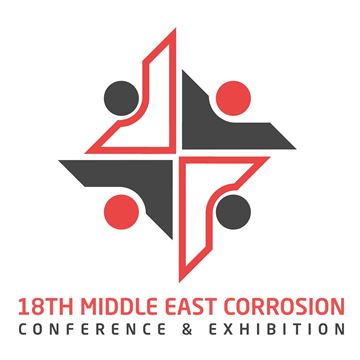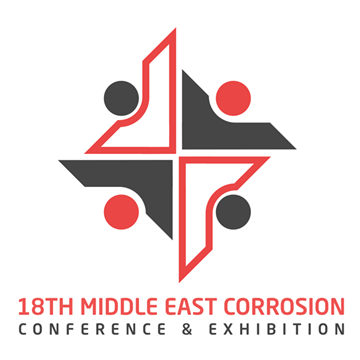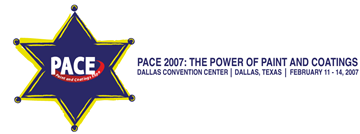Search
Conference Papers
View as
Sort by
Display
per page
Validating a Galvanic Corrosion Model under a Dynamic Electrolyte Droplet
Product Number:
51323-19015-SG
Publication Date:
2023
$20.00
Validating Digital Twin Model of a Complex Pipeline System
Product Number:
51323-18958-SG
Publication Date:
2023
$20.00
Validating EMAT Performance With An Operator
Product Number:
51321-16727-SG
Publication Date:
2021
$20.00
Validating ILI run with and without Data Loss
Product Number:
MPWT19-14353
Publication Date:
2019
$0.00
Validation of a New Thin-Film Culture Device for Detecting Sulfate-Reducing Microbial Species
Product Number:
MECC23-19975-SG
Publication Date:
2023
$20.00
Validation of an Optimized qPCR Workflow for MIC Risk Identification and Oilfield Microbial Monitoring
Product Number:
MECC23-20130-SG
Publication Date:
2023
$20.00
Validation of Risk Rating Derived from Hydrogen Permeation Field Data with Ultrasonic Inspection Results
Product Number:
51315-5926-SG
ISBN:
5926 2015 CP
Publication Date:
2015
$20.00
Validation Of The Dry Gas Internal Corrosion Direct Assessment Methodology Using In-Line Inspection.
Product Number:
51321-16839-SG
Publication Date:
2021
$20.00
Valves In Hydrogen Gas Transport: The Challenges Of The Energy Transition
Product Number:
51323-19525-SG
Publication Date:
2023
$20.00
Variability in Accelerated Corrosion Testing
Product Number:
51220-276-SG
Publication Date:
2020
$20.00
Variable Amplitude Galvanostatically Modulated Impedance Spectroscopy as a Non-Invasive Tool for Assessing Reactivity at the Corrosion Potential
Product Number:
51300-97282-SG
ISBN:
97282 1997 CP
$20.00
Variables that Affect Calcium Chloride Moisture Testing
Product Number:
41207-342-SG
Publication Date:
2007
$20.00














